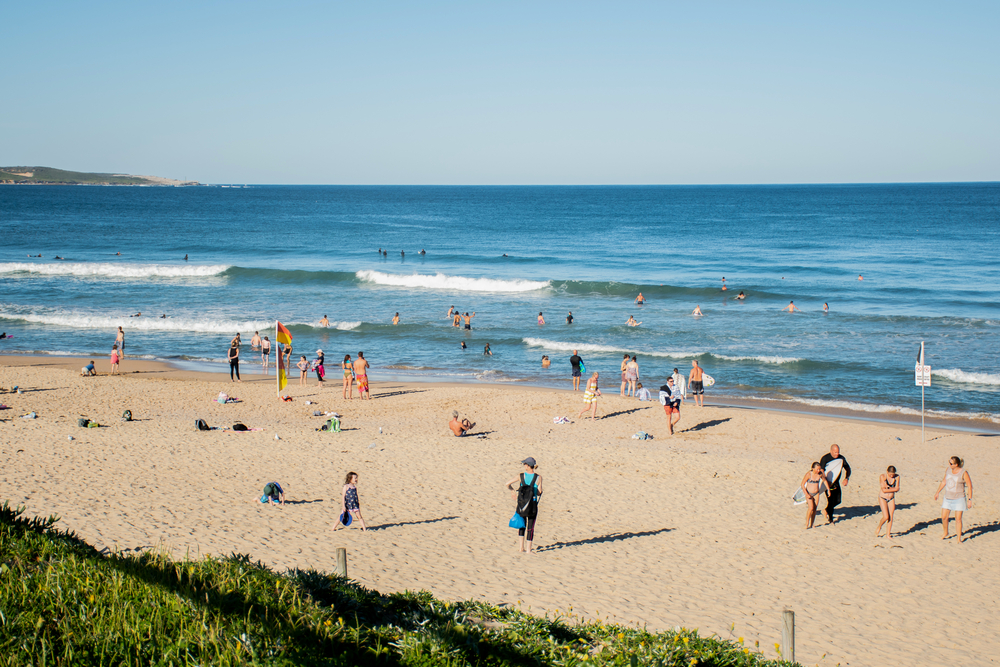All states are now in various stages of reopening – some are fully open, while others are still in the early phases. Even most of those states that are fully open have requirements in place about social distancing and face coverings. As we start reintegrating back into daily life activities, how do we stay safe and still find a way to enjoy the summer?
There’s some good news in that being outdoors is healthy and there are many relatively safe outdoor activities we can enjoy. But Roni Caryn Rabin of the New York Times says that detailed guidance about navigating the minutiae of everyday life is still hard to come by , She’s written a helpful article in the New York Times that suggests a general approach that you can take reduce the spread of the virus in How to Navigate Your Community Reopening? Remember the Four C’s
Below are the 4 C’s with summaries, but it is well worth reviewing the entire article, which offers great tips.
- Contact – limit contacts with people outside you household; maintain social distancing; avoid handshakes and other close contact.
- Confinement – indoor activities in confined enclosed spaces, even large ones, are more conducive to spreading the virus than events held outside.
- Crowds – large groups are risky, no matter where they are gathered. Even outdoors, crowds mean more people, more contacts,
- Choices – Ultimately, it’s up to each person to make decisions about risks. Choices should take into consideration age and health status, life circumstances and general level of risk aversion or tolerance.
We’ve all heard quite a bit about the social distancing part of infection avoidance but there is one other key factor to staying safe and healthy: Eric Bromage, an immunologist and professor of biology at the University of Massachusetts Dartmouth, posted The Risks – Know Them – Avoid Them, in which he talks about how it is not just practicing social distancing, it’s also the duration of exposure. He sums it up in a short formula: “Successful Infection = Exposure to Virus x Time.”
Given these factors, navigating the risks comes down to the choices you make about what activities you feel comfortable engaging in. To help you weight the relative risks, we’ve found a few good resources.
- NPR offers an article about How Experts Rate the Risks of 14 Summer Activities. They discuss the following 14 activities, the relative risks, and how to minimize those risks for: backyard gatherings; restaurants; worship services; beaches or pools; outdoor parties; public restrooms; a friend using your bathroom; vacationing with another family; hotels; haircuts; shopping malls; nightclubs; camping; and outdoor sports,
- The New York Times tried to assess when life will get back to some sense of normal. To answer that, they conducted a survey with in-the-know experts and wrote the results in their article, When 511 Epidemiologists Expect to Fly, Hug and Do 18 Other Everyday Activities Again. The results vary – many say they are already comfortable going to the doctor, socializing with small groups outside or bringing in mail. But many say that without a vaccine or treatment, they think it will be more than a year before they will be willing to go to concerts, sporting events or religious services.
- CNBC says that all activities have a level of risk, but you can lower that risk by taking the right precautions. And there are some activities that have much less risk than others. They consulted infectious disease and public health experts across the country to gauge how much risk is associated with some common summer activities and discover ways to make these activities safer. See From pools to beaches to barbecues, health experts weigh the coronavirus risk tied to summertime fun.
Hopefully, these articles will help you think about and assess your risks to keep you safe and healthy. See our prior posts on safety and health:
Coronavirus prevention and precaution tips
How to stay healthy & well during coronavirus shutdowns
We’ve also gathered other resources that may be helpful as you venture out from your homes:
- How to Protect Yourself from Coronavirus – Basic infection control practices can help keep you safe
- Yes, You Can (and Should) Still Go to the ER for Emergencies During the COVID-19 Pandemic
- Coronavirus ‘does not spread easily’ by touching surfaces or objects, CDC says. But it still ‘may be possible.’
- 6 Ways to Stay Safe at the Beach During the Pandemic
- Staying Safe at the Gym During the Coronavirus Outbreak
- How to Bicycle Ride Safely Amid Coronavirus Concerns

